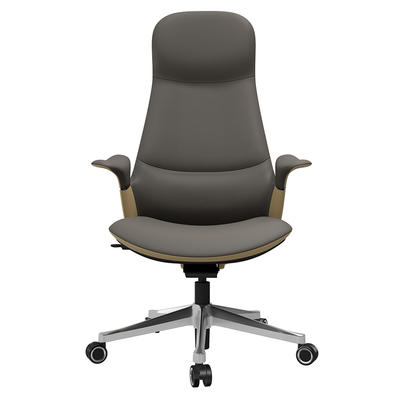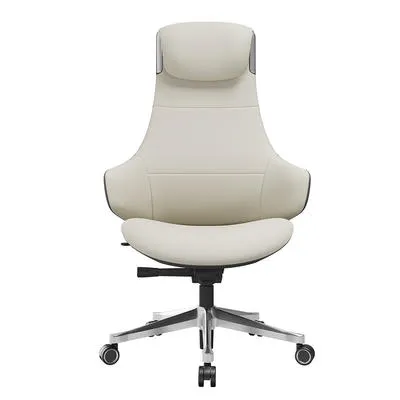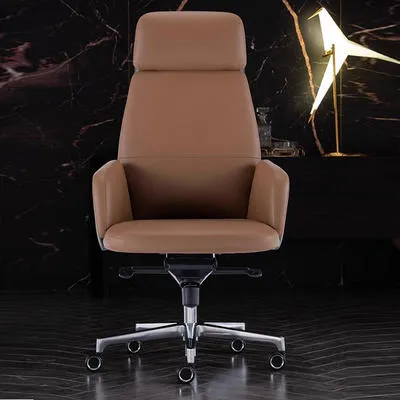Why Are Leather Chairs So Expensive? Unveiling the Secrets Behind the Price Tag
Leather chairs have long been associated with luxury and status, often found in the confines of executive offices, upscale homes, and exclusive clubs. But what exactly makes these elegant pieces of furniture carry such a hefty price tag? In this feature, we explore the factors that contribute to the costliness of leather chairs and why they continue to be a sought-after item despite the expense.

To begin with, the material itself—leather—is a significant cost driver. Genuine leather comes from animal hides, which are treated through a complex tanning process to produce a material that is durable, comfortable, and aesthetically pleasing. The quality of the leather is paramount, with premium grades such as full-grain and top-grain commanding higher prices due to their superior texture, strength, and longevity. Unlike synthetic alternatives, high-quality leather can last for decades if properly maintained, adding to its value proposition.
Craftsmanship is another pivotal factor in the price of leather chairs. Artisanal furniture makers often handcraft these pieces, paying meticulous attention to detail, from the careful selection of hides to the precision of stitching. The construction of a leather chair involves a series of skilled processes, including cutting, sewing, and upholstery, all of which require a high level of expertise. The labor-intensive nature of this craftsmanship justifies the premium pricing, as consumers are not merely paying for a product but also the artistry behind it.
Design and customization options also play a role in the expense. Leather chairs that feature ergonomic designs, customizable options, or unique stylistic elements often come with an increased cost. The ability to tailor a chair to specific preferences or ergonomic requirements adds to the production complexity and, consequently, the final price.
Furthermore, the market for leather chairs is not immune to the laws of supply and demand. The demand for high-quality leather often outstrips supply, as there are only so many hides that can be ethically and sustainably sourced. This scarcity, coupled with the growing ethical concerns about animal products and the push for sustainable practices, can drive up the cost of leather, directly affecting the price of leather furniture.
Lastly, the longevity and timeless appeal of leather chairs contribute to their cost. Unlike other materials that might wear out or go out of style, a well-made leather chair can be an investment piece, something that not only retains its functionality and comfort over time but also its aesthetic appeal. This enduring quality means that leather chairs often become heirloom pieces, passed down through generations.
In conclusion, the high cost of leather chairs is a reflection of the quality of materials, the craftsmanship involved in their production, design and customization options, market demand, and their lasting appeal. While the initial outlay may be significant, the value of a leather chair is measured over years of use, making it a worthwhile investment for those who appreciate its blend of comfort, style, and durability. As consumers continue to value these attributes, leather chairs remain a luxurious, yet enduring choice for both home and office environments.



























































